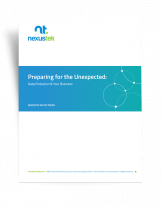Software-as-a-Service (SaaS)
What Is SaaS?
Software-as-a-Service (SaaS) is a cloud-hosted, subscription-based service that provides customers with on-demand access to software applications. Because the entire cloud-based IT infrastructure that supports the application is included in the SaaS service package, you simply need a device with internet access and a browser to access the application.
What Are the Benefits of SaaS?
The widespread availability of SaaS has revolutionized the way companies manage their software applications. The standard practice for on-premises software management requires businesses to install applications directly onto their devices. The company’s IT team is then responsible for installing any updates and patches, as well as new versions of the software when they are released. SaaS, however, is an alternative that offers several distinct benefits:
Minimal Hardware Required
SaaS applications are cloud hosted, which means that the software is installed on the cloud provider’s infrastructure and made available to customers via the internet. What this means for organizations is that they are not required to purchase, install, and maintain hardware and networking in order to make software applications available to employees. With SaaS, employees can access the applications they need with only their devices and an internet connection.
Affordability
Another benefit of SaaS is that customers purchase applications on a subscription basis with pricing established according to level of need. This contrasts with the traditional on-premises software payment structure, in which customers pay a uniform charge for a software package. SaaS pricing helps companies avoid paying for unnecessary licensing and makes enterprise-class applications affordable to smaller businesses that would otherwise find them cost-prohibitive.
Security
SaaS also contributes positively to your company’s cyber security posture, as all updates and patches are handled by the cloud service provider
Latest Versions
With SaaS, you never have to worry about buying new releases of the software or working on outdated versions. The subscription service provides you with the latest version of the software when it is released.
Easy Set-Up
Setting up SaaS applications is convenient and straightforward. There is no need to install software on your device; instead, you simply log into the SaaS vendor’s website and get started. The ease-of-use of SaaS also makes it an attractive option for smaller businesses that often have little to no in-house IT expertise.
Reduce Workload for IT Team
SaaS applications are easy to set up, do not require extensive on-premises infrastructure, and do not require patch management. For these reasons, use of SaaS may reduce the workload for your IT team, allowing them to focus on higher-value strategic activities.
Access Anywhere
Another key advantage of SaaS is that your employees can access applications from any location with an internet connection. This makes SaaS applications perfect for field workers as well as for remote or hybrid workers.
NexusTek specializes in delivering the latest Microsoft 365 solutions in a SaaS model, with flexible options to meet your organization’s needs. No purchase of additional hardware or software required.
Microsoft 365 – Provides a complete subscription-based, cloud-hosted platform of Microsoft business applications including Teams, Outlook, SharePoint, Word, Excel, PowerPoint, and more. Microsoft 365 is a staple of the workplace that improves communication, productivity, and collaboration through features including:
- Enterprise-class email service
- Video conferencing and chat
- Shared files and data
- Task planning
- Cross-application integrated calendar
- Contact capabilities
- Automated workflow enablement
- Custom app builder
Need More Information? Send Us Your Questions!
FAQs
Why NexusTek for Software-as-a-Service (SaaS)?
When you partner with NexusTek for SaaS, you gain access to the standard-setting business applications of Microsoft, with the personalized support we offer all of our customers. As our engineers possess a wealth of experience with Microsoft 365, they can provide you with strategic guidance on how different Microsoft solutions and applications can best facilitate your business needs. In addition, NexusTek offers a wide collection of IT services that combine with SaaS to create a comprehensive IT solution for your business; these include managed IT services, cyber security services, and private as well as public cloud solutions.
With a SaaS service type, who owns my data?
With NexusTek as your provider of Microsoft 365 via the SaaS model, you never have to worry about losing control or ownership of your data. Although your data is physically stored in the Microsoft Azure cloud, your company is the sole owner of its data.
What are some examples of SaaS?
The notion of SaaS can be somewhat abstract, and many customers ask for examples of this service type to help ground the concept more concretely. Of course, Microsoft 365, when obtained on a subscription basis via the internet, is a great example of SaaS. Other SaaS applications you might be familiar with include Salesforce, DropBox, HubSpot, Zoom, and MailChimp, to name just a few. Even if you are not familiar with the terminology, chances are that you have been using one or more SaaS applications without even knowing it. That is how pervasive this software service model has become.
Can my company use SaaS with a hybrid cloud model?
Yes, most definitely. SaaS applications can be added easily to your employees’ desktops regardless of the type of cloud model your company currently uses. Adding a new SaaS application does not require that you reconfigure your existing on-premises or cloud-based infrastructure. This is because, by its design, the SaaS service model includes the underlying cloud-based infrastructure needed to run the application.
Is Infrastructure-as-a-Service (IaaS) the same as Software-as-a-Service (SaaS)?
IaaS and SaaS services are similar, in that they are both cloud-hosted technology offerings that are made available to users on an “as-a-service” or subscription basis. This means that both IaaS and SaaS services are accessible through an internet connection, reducing or eliminating the need for your own on-premises infrastructure. The key difference between the two is that SaaS provides access to specific software applications, such as customer relationship management software or enterprise resource management platforms. On the other hand, IaaS includes on-demand access to remote servers, storage, and networking, but not applications; you choose which software to install within the cloud-based IaaS infrastructure.






